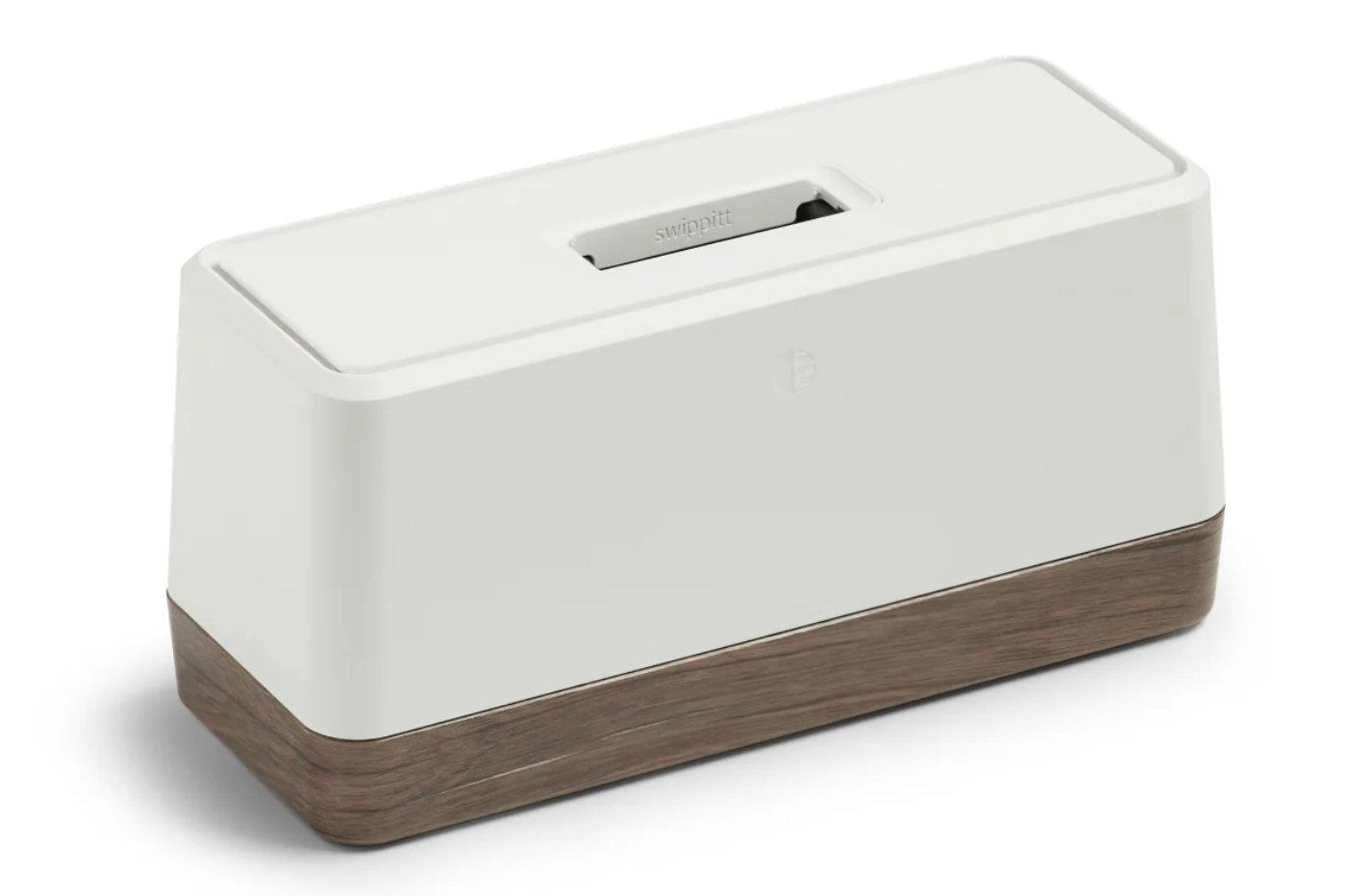Everything ready at Starbase, Texas, for the seventh launch of Starship. Scheduled for Friday, January 10, in the afternoon, it will mark the first time that the rocket deploys cargo and reuses an engine that has already flown before.
First cargo deployment. During its seventh flight, Starship will deploy a payload for the first time. These are 10 simulators with the approximate size and weight of the next generation Starlink satellites, which will enable symmetrical 1 Gbps Internet connections.
The fake satellites will be released through a slot in the top of the Starship, using a mechanism that SpaceX calls a “PEZ dispenser”, in homage to the famous candy. The simulators will follow the same suborbital trajectory as the ship, so they will end up landing in the Indian Ocean shortly after launch.
First used engine. The Super Heavy booster for Flight 7 will reuse one of the engines that SpaceX recovered during the fifth Starship launch. This is the Raptor engine with serial number 314, which has a pie drawn on its nozzle in reference to the number pi.
It will be the first time that SpaceX reuses already tested hardware within the Starship program, although the ultimate goal is for both the Super Heavy booster and the Starship ship to be completely and quickly reusable.
A new Starship. The seventh flight will also mark the debut of the Starship Block 2 spacecraft, which incorporates a whole block of improvements in its design. The most visible are the new front spoilers, smaller and further away from the heat shield to reduce their exposure to re-entry heat.
There are also improvements to the shield itself, which includes new generation thermal tiles and a backing layer to protect the ship in case tiles are missing. But perhaps the most important improvements are inside the ship: larger tanks to store 25% more propellant volume, new fuel lines for the vacuum engines and a new avionics module that improves control of the valves and the ship reading sensors.
New capture attempt. SpaceX canceled the landing of the Super Heavy during the sixth flight due to the loss of communications with the launch tower. Looking ahead to the seventh flight, and despite the fact that the booster uses an engine used for the first time, the company is optimistic.
Both the Mechazilla launch tower and capture hardware have been improved to increase the reliability of Super Heavy landings. The tower’s robotic arms or “chopsticks” now have new protections for sensors that were damaged during takeoff of the sixth flight.
A promising release. Which we can follow live through the SpaceX website and the company’s profile on of plasma.
These images and the enormous amount of telemetry that SpaceX receives from the ship are the engineering data that allows it to quickly iterate the Starship design. We are on the seventh test flight and the rocket is ready to deploy cargo and reuse one of its engines.
Imagen | SpaceX
In WorldOfSoftware | Elon Musk has revealed what Starship V3 will be used for: to “take all creatures” to Mars like a Noah’s Ark












